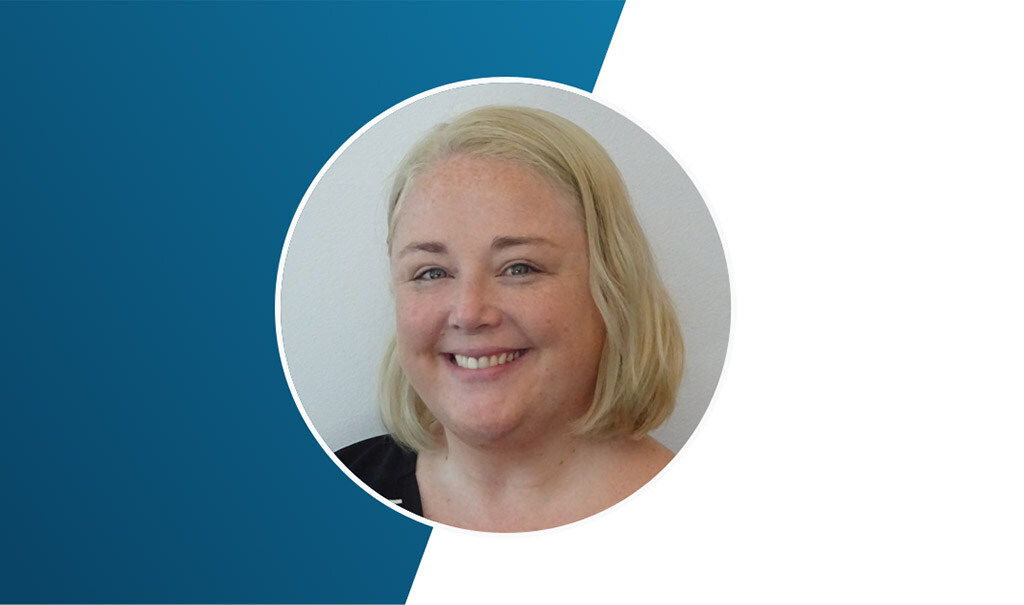
June 15, 2018
Benefits manager Julia Monaco shares tips for selecting exciting new benefits

Sophia Lee
Sophia is on the communications team at Amino, where she helps share industry perspectives.
"Benefits are already challenging, so there’s no need to make it harder for those who don’t speak the language."
Julia Monaco is the U.S. benefits manager for WE Communications, a global digital communications and public relations agency that is home to over 1,000 employees. In this conversation, she shares her tips for approaching benefits education, takes us behind-the-scenes for the vendor selection process, and much more.
Can you tell us more about your role at WE Communications?
I’m the U.S. benefits manager, which means I handle everything related to medical, dental, vision, EAP, wellness program, life insurance, disability (short term and long term), HSA, FSA (medical and dependent care), and 401(k) benefits, along with leave administration and oversight. I also handle all the day-to-day questions from employees and oversee 20+ vendors.
What’s the most rewarding part about your job?
I LOVE benefits. I just find them super interesting, and they’re one of the main reason people choose to work at certain companies. The amount of money that goes into benefits is huge, and I get to play a role in how those dollars are spent.
I also find it beyond rewarding to help employees and their families when they’re going through difficult times. Employees need someone to listen to them, help them discover what the best choice for them might be, and understand how to take advantage of the many resources they have access to. I love it.
“Employees need someone to listen to them, help them discover what the best choice for them might be, and understand how to take advantage of the many resources they have access to.”Julia Monaco
U.S. Benefits Manager at WE Communications
What do you think is the most misunderstood part about your job?
Many people think benefits are only active during open enrollment. However, open enrollment is simply the time we provide details for the upcoming year. We actually start planning in April for the next year. It’s an exhaustive process of pulling numbers, getting feedback, and looking at the market/benchmarks. Based on the decisions we make, I get to visit all our locations and share the details about our benefits for the following year.
Healthcare benefits are notoriously difficult to educate employees on. How does WE Communications approach this problem uniquely?
I like to follow the idea of a “reader's digest version” for benefits. I find that taking the simplest approach with non-wordy communication yields the best results. Employees simply need to understand what they need to know. Benefits are already challenging, so there’s no need to make it harder for those who don’t speak the language.
You manage benefits for U.S. employees in six locations. How do you keep your finger on the pulse across all these different offices?
It’s crucial to check in with employees and see how they’re doing. Also, visiting the locations in person is super important so you can see them, talk with them, and really get a sense for how they’re doing and how the plans are supporting them. We also use a broker who helps us with benchmarking and keeping us up-to-date on industry information.
What does the decision-making process look like when you’re looking into new vendors or additional benefits to offer your employees?
In benefits you have to keep things fresh, exciting, and working (this is the most important part). If we discover there are issues or concerns, we’re ready to address those. If we feel we need to spend our dollars elsewhere, we turn to an RFI and/or RFP. This allows us to market the specific benefit we need help with, and vendors are invited to provide information.
We try to find companies that can service our North America group. It’s important that the vendor doesn’t just focus on Seattle, where we’re based, because we need all locations taken care of equally. We also want to look at their systems, customer satisfaction, referrals, ability to keep cost down, type of account managers, and flexibility. All of these factors are taken into account and help us decide which direction to take.
Connect with our Partnership Team
Want to learn how we can help your members transform their healthcare experience in 2025?